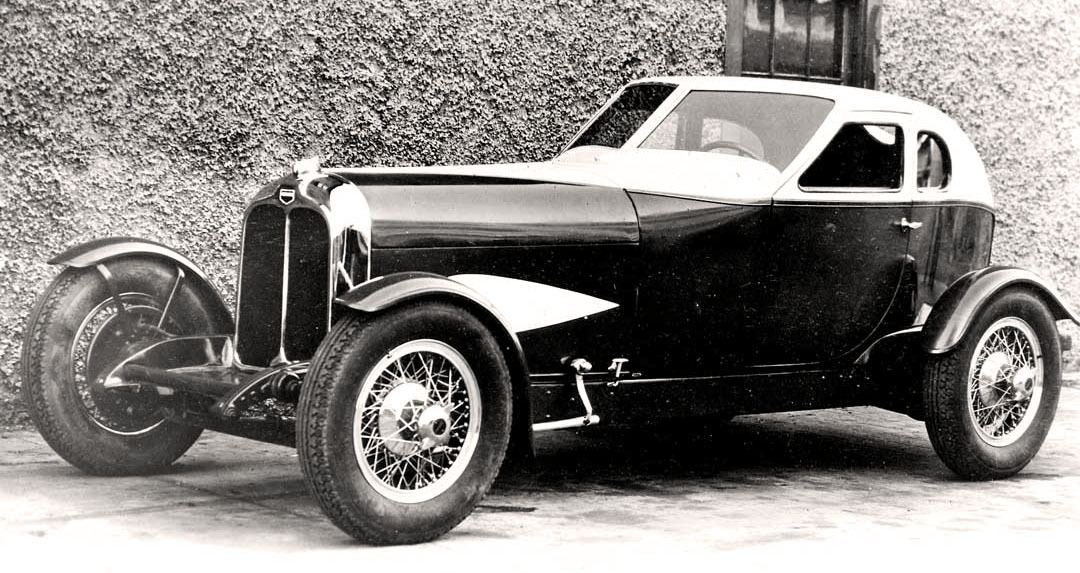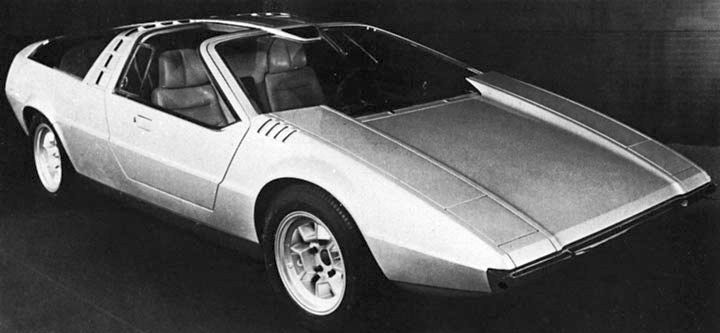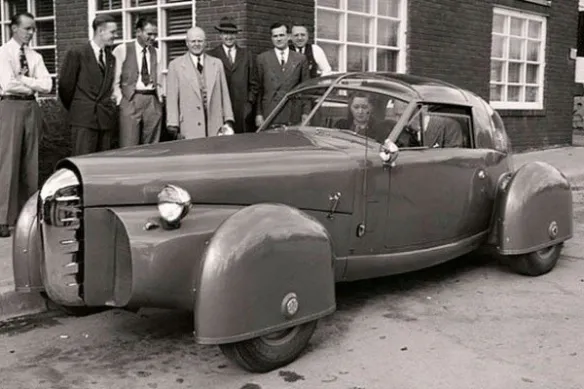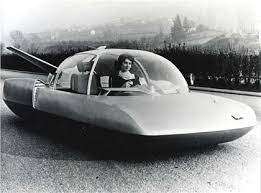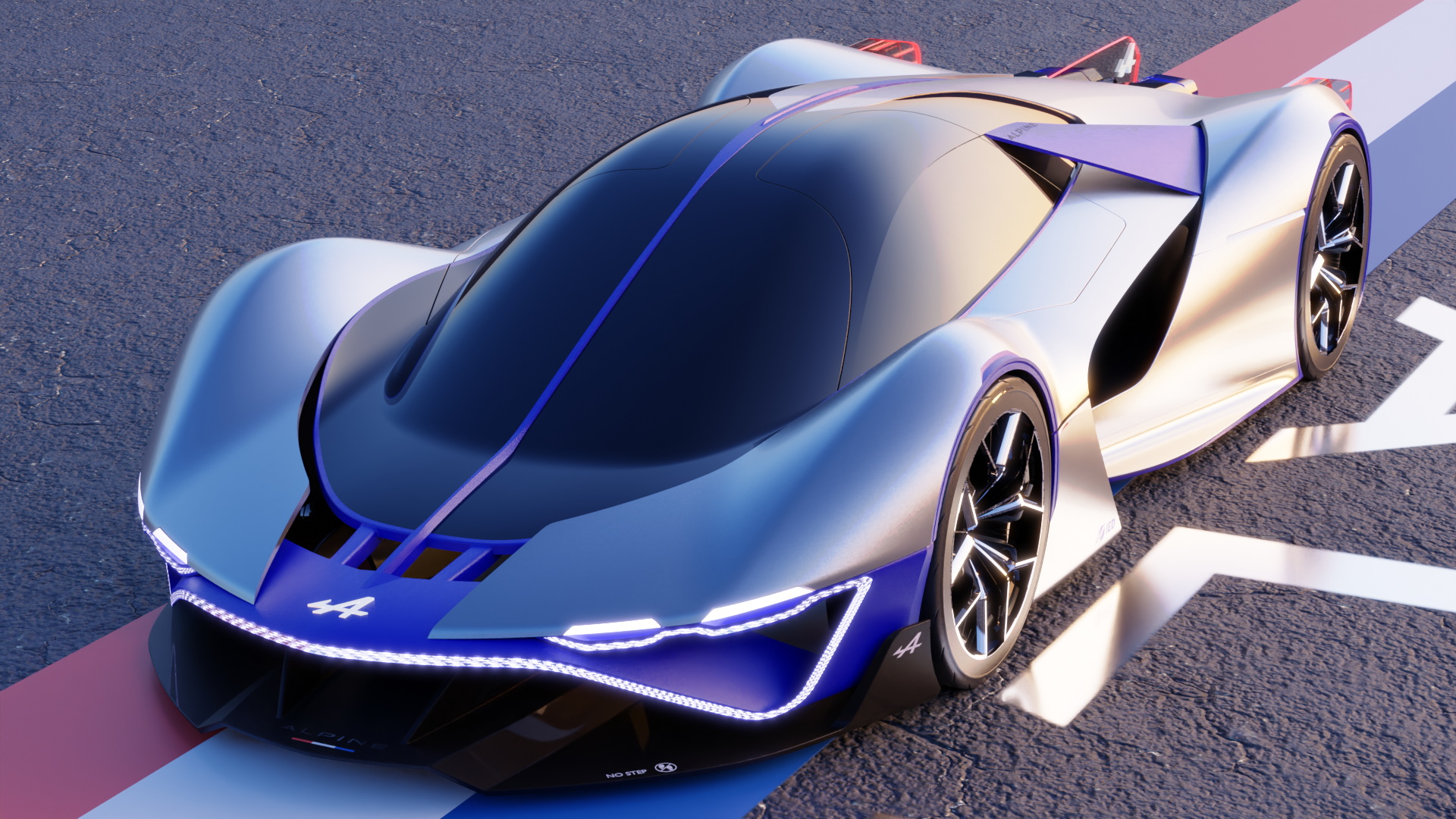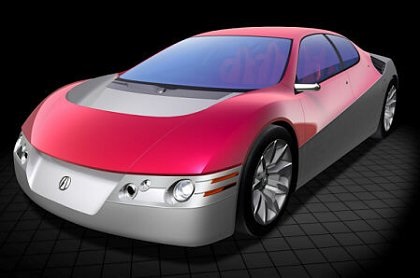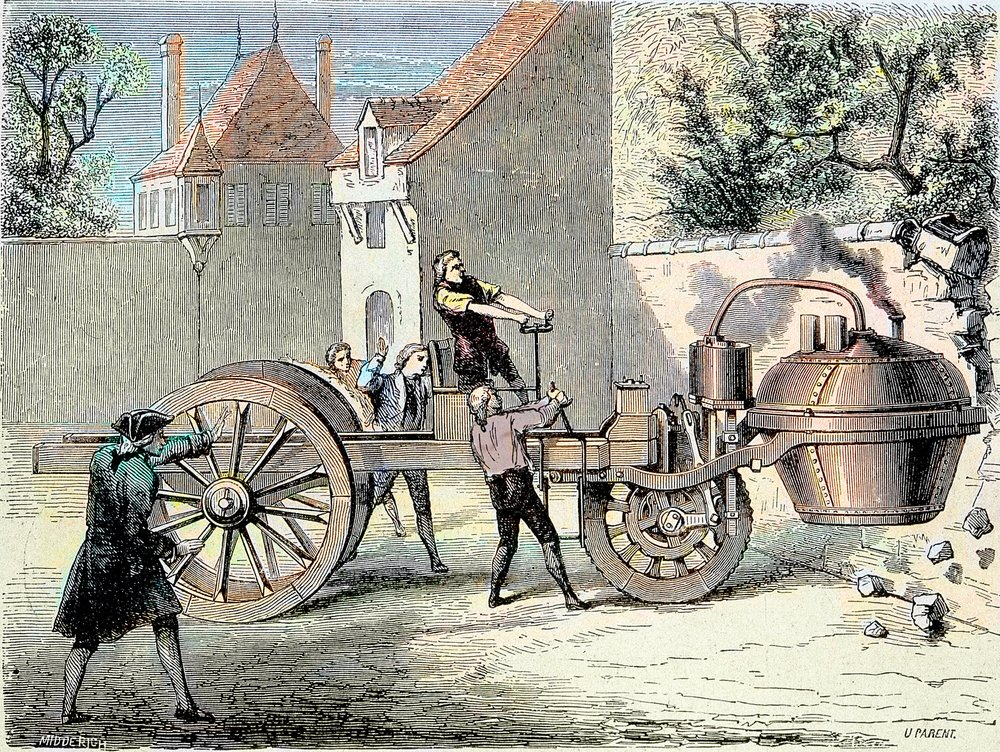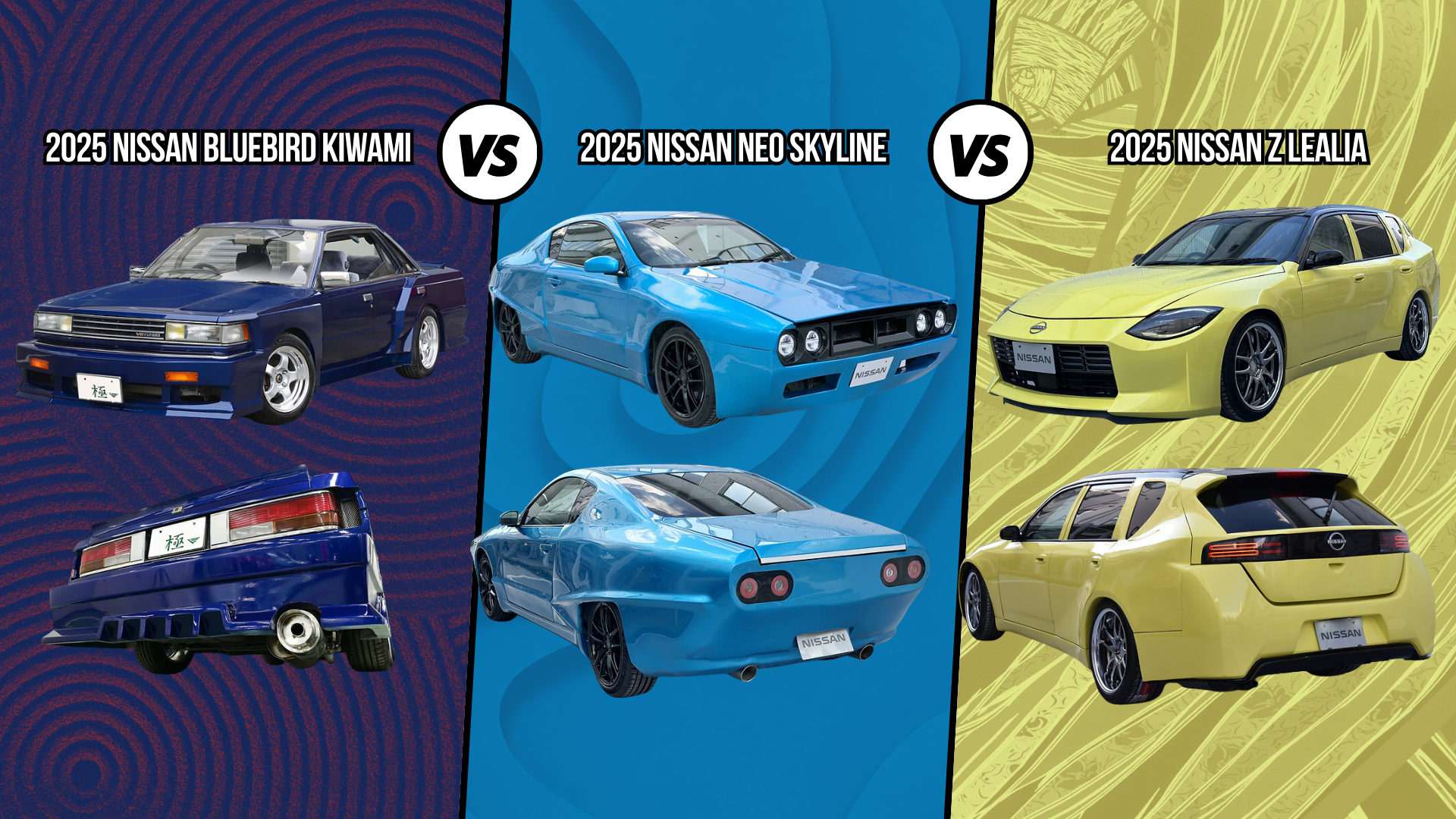2004 Toyota Alessandro Volta by ItalDesign
- Story Cars
- Feb 19
- 1 min read

The 2004 Toyota Alessandro Volta, designed by ItalDesign, was a groundbreaking hybrid supercar concept that aimed to redefine the perception of eco-friendly vehicles. Named after the Italian physicist Alessandro Volta, who invented the battery, the concept showcased the potential of hybrid technology in high-performance sports cars. Drawing inspiration from past mid-engine models like the BMW Nazca, Alfa Romeo Schighera, and Volkswagen W12, the Volta demonstrated that a sleek, racing-inspired design could seamlessly integrate a clean propulsion system, paving the way for future low-emission sedans and compact cars.
Powered by a modified version of the Lexus RX 400h’s hybrid system, the Volta featured a 3.3-liter V6 engine mounted behind the rear axle. Unlike conventional layouts, the engine was not directly connected to the wheels; instead, the car utilized two electric motors—one on each axle—resulting in an advanced all-wheel-drive system that enhanced both performance and safety. The hybrid powertrain delivered a combined output of 408 horsepower, enabling the Volta to accelerate from 0 to 100 km/h in just 4.06 seconds and reach a top speed of 250 km/h. The absence of a traditional transmission shaft and exhaust system contributed to a lower center of gravity and reduced overall weight, maximizing efficiency and handling.
At 4.3 meters in length, the Volta combined aerodynamics with a futuristic aesthetic, embodying Giugiaro’s signature design philosophy. Although Toyota never pursued production, the concept served as a bold statement that hybrid technology could enhance both speed and sustainability, influencing future performance-focused hybrids such as the Lexus LF-A.















